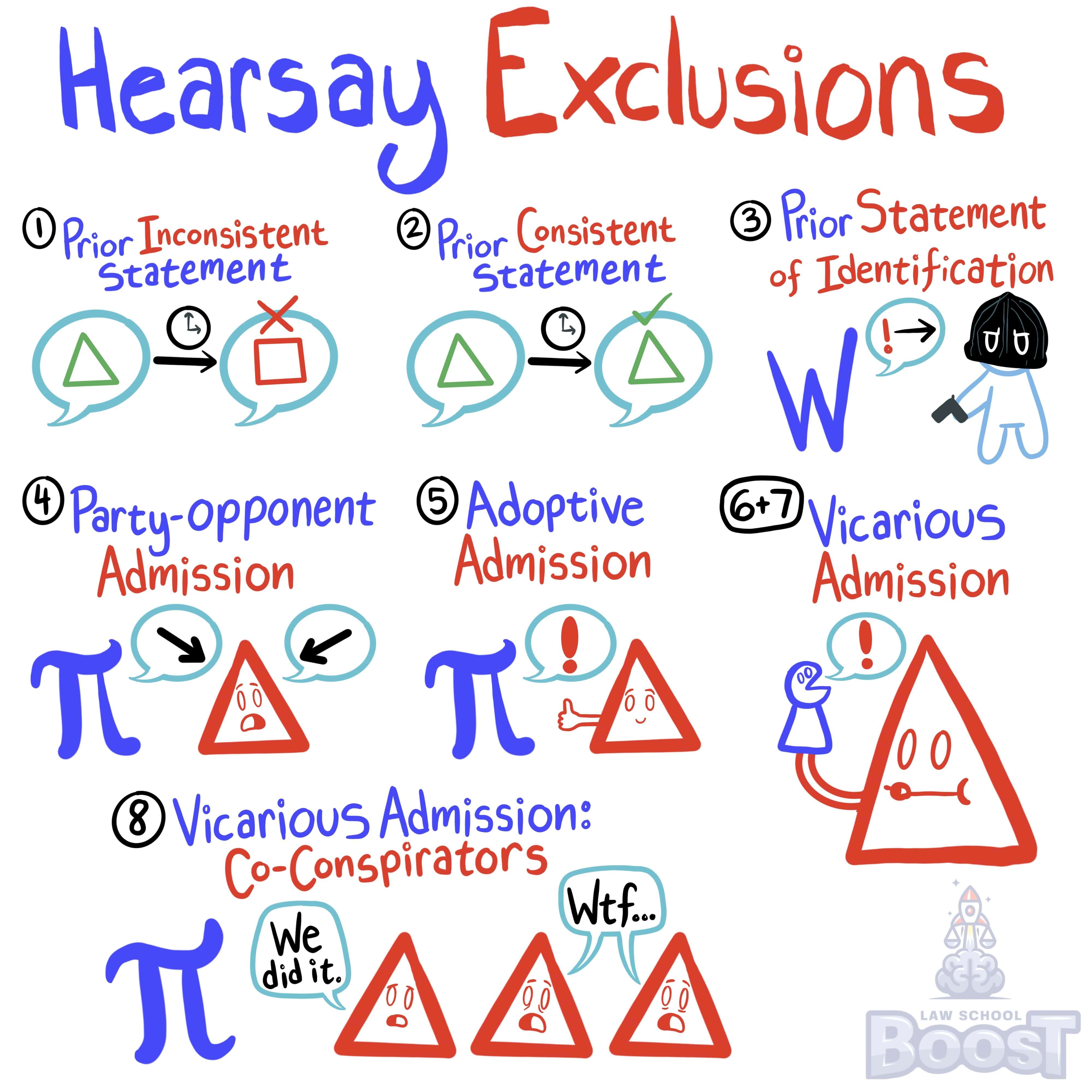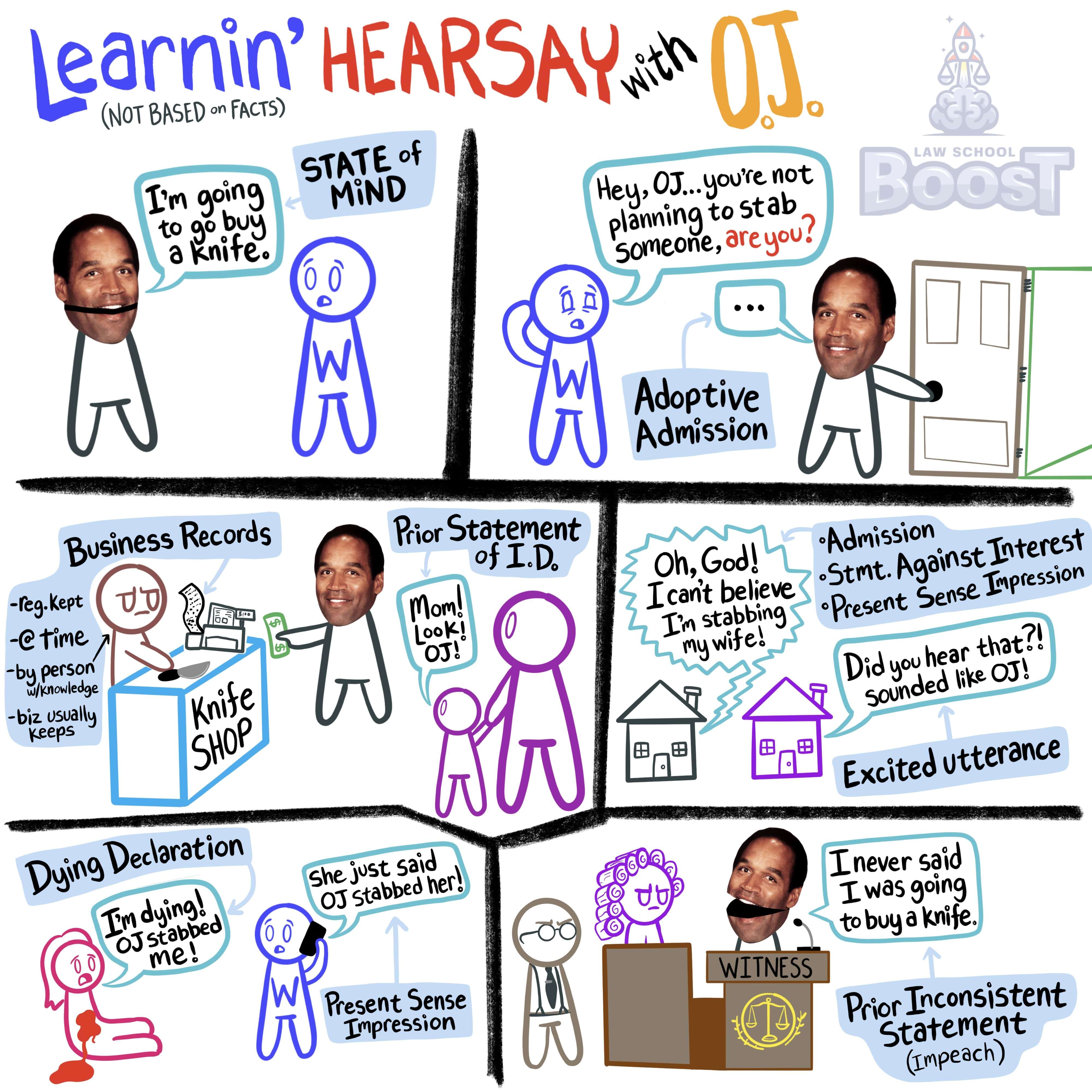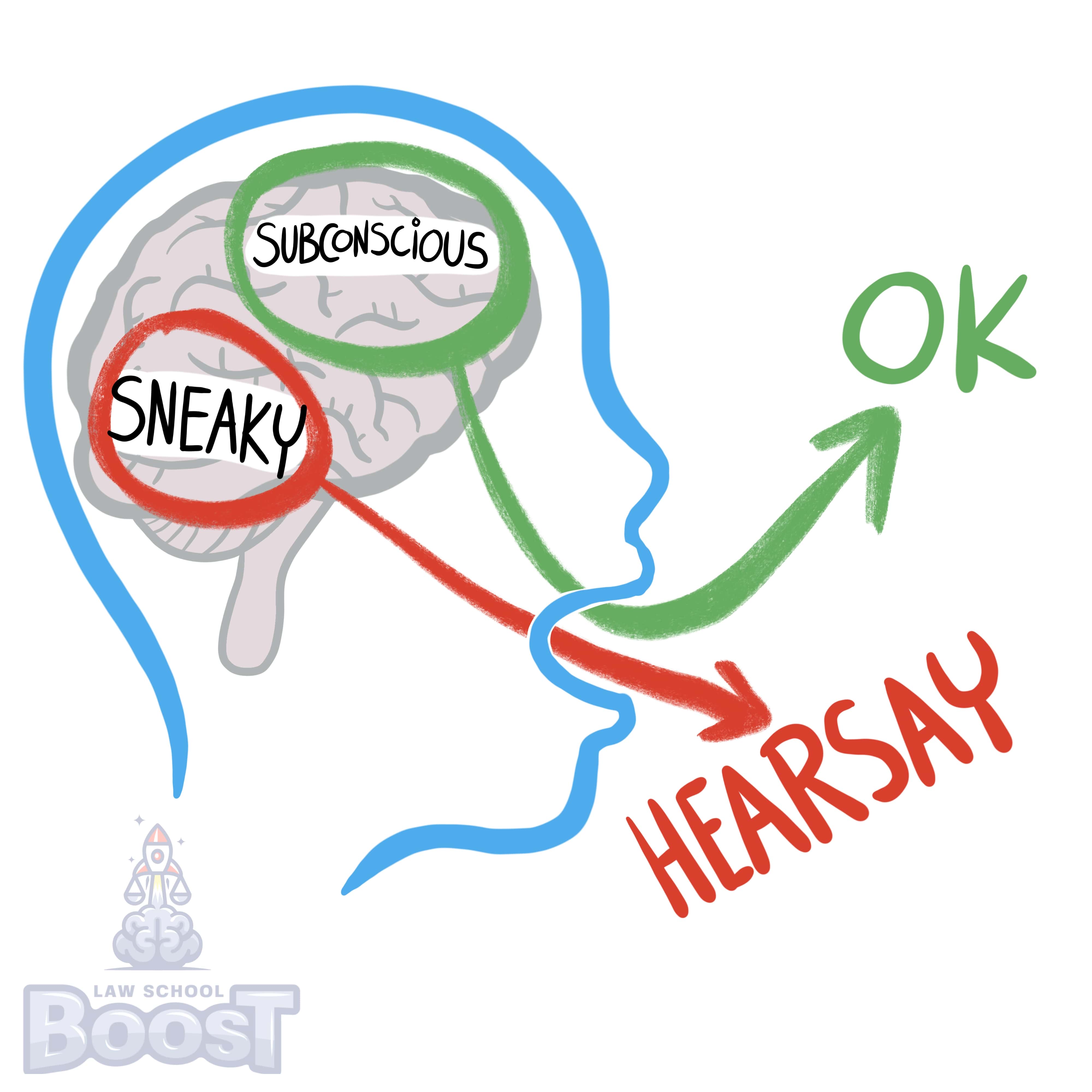🦅
Federal Evidence • Hearsay Exclusions
EVID#025
Legal Definition
A prior statement of identification is a hearsay exclusion. It is a statement of identification made after perceiving the person.
Plain English Explanation
A previous statement made by somewhere, where they identify a person they recognize, is allowed to be used as evidence in court. For example, imagine you see someone at a store and later, when you see them again, you tell your friend, "That's the person I saw at the store." This is a prior statement of identification. In court, this kind of statement is special. Normally, if you say in court, "My friend told me she saw this person at the store," it wouldn't be allowed because it's hearsay – basically, second-hand information. But, if your friend had directly identified someone after seeing them, like picking them out in a lineup, this statement is allowed in court. Why? Because it's seen as reliable. When someone identifies another person right after seeing them, it's likely they remember well and aren't making it up. This rule is there to help the court trust these specific types of statements, which are considered important in figuring out the truth.
Hypothetical
Hypo 1: Bob is accused of stealing from a toy store. The store has a security camera, but the picture of the thief is not clear enough to see who it is. While police are reviewing the footage, Bob's friend, Sam, comes into the store and looks over the shoulder of the police to watch the video. Sam notices that the person in the video has the same unique limp that Bob does. Sam says, "Oh, hey, that's Bob!" Result: Sam's identification of the suspect as Bob is a "prior statement of identification" because it was made immediately after perceiving the subject and can later be used in court.
Hypo 2: Bob is accused of stealing from a toy store. The store has a security camera, but the picture of the thief is not clear enough to see who it is. Amy, a police officer, reviews the security footage and later has beers with Sam. Amy tells Sam about the case and how the suspect walked. Sam says, "That sure sounds like how my friend, Bob, walks." Result: This is not a prior statement of identification because Sam's identification isn't based on perceiving or seeing Bob himself. Instead, it's based on his impression of the details shared by Amy.
Hypo 2: Bob is accused of stealing from a toy store. The store has a security camera, but the picture of the thief is not clear enough to see who it is. Amy, a police officer, reviews the security footage and later has beers with Sam. Amy tells Sam about the case and how the suspect walked. Sam says, "That sure sounds like how my friend, Bob, walks." Result: This is not a prior statement of identification because Sam's identification isn't based on perceiving or seeing Bob himself. Instead, it's based on his impression of the details shared by Amy.
Visual Aids



Related Concepts
Does California recognize the hearsay exclusion of a vicarious admission from a principal-agent?
How does the prior inconsistent statement hearsay exclusion differ in California?
How does the prior statement of identification hearsay exclusion differ in California?
What is an admission by a party-opponent?
What is an adoptive admission?
What is a prior consistent statement?
What is a prior inconsistent statement?
What is a vicarious admission from a co-conspirator?
What is a vicarious admission from an authorized spokesperson?
What is a vicarious admission from a principal-agent?


